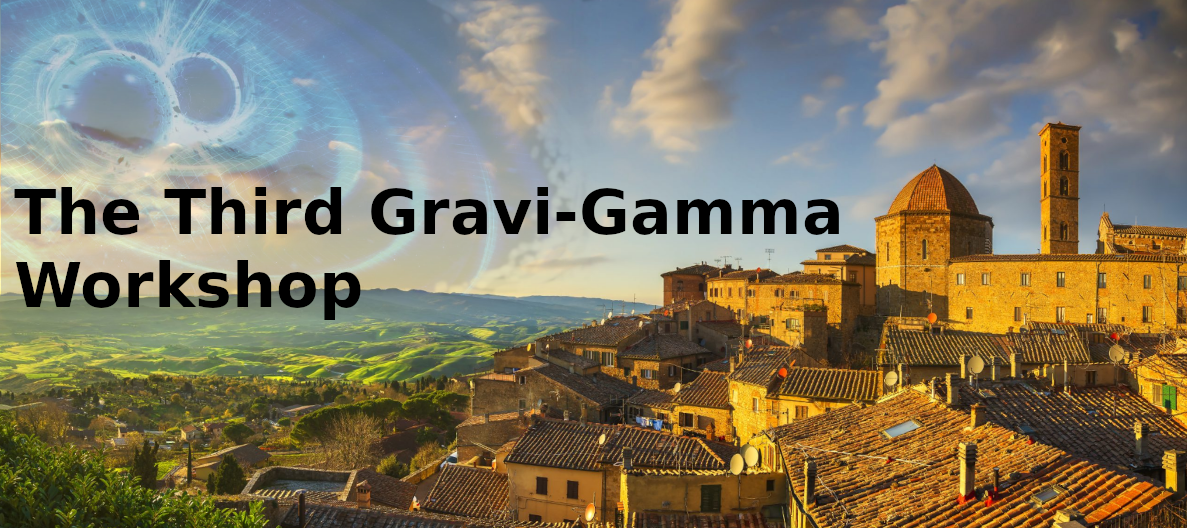Speaker
Description
The last phase of black hole binary coalescences is known as the ringdown, in which the newly-
formed black hole relaxes to its stationary state by emitting gravitational waves. Ringdown studies
are crucial, providing a unique way of studying gravity in extreme curvature regime and better
understanding the nature of black holes. The linear theory of black hole perturbations predicts
that the ringdown is made by a sum of different modes of vibration, which are exponentially-
damped harmonics oscillations projected onto spherical harmonics. The excitation of the different
modes depends on the specific process that perturbs the black hole, and for quasi-circular binary
coalescences the fundamental mode dominates the ringdown emission. Besides, asymmetries in
the system and its inclination with respect to the observer can excite higher subdominant modes
of vibration. The measurement of the frequencies and damping times of these higher modes allows
to test general relativity by comparing the predicted values against the observations.
We describe the first time domain analysis with an effective one-body ringdown model on the third
catalog of gravitational waves events GWTC-3, both for parameters estimation and to assess the
detectability of higher modes in the events. This work sets the bases towards the positive identi-
fication and characterisation of higher modes in the ringdown signals with future, more sensitive
gravitational wave detectors, and opens the concrete possibility of conducting multimodal tests of
general relativity in the strong field regime.

